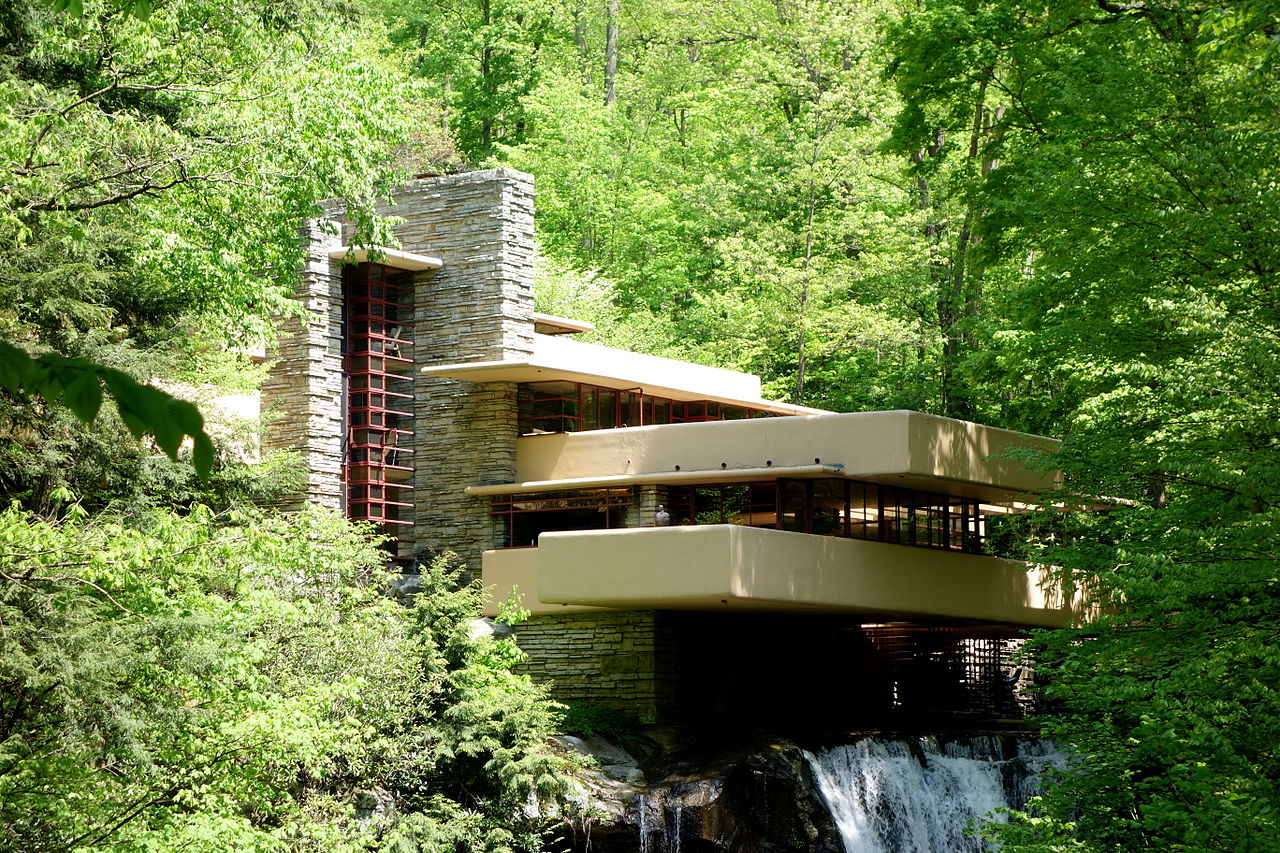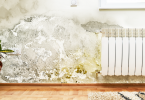Image Courtesy: Wikipedia
When the pressures of work drape a stressful environment, man seeks refuge in nature. It is rare for one to visualize an office cabin or a shopping complex as a spot of relaxation. Yet, unfortunately, people spend 80% to 90% of their time indoors, making their errands back and forth from their houses to their workplaces.
As stress surmounts, architects are now moving towards a tangible solution that would bring nature indoors.
Here’s where biophilic design comes in as a promise of well-being, health, and emotional comfort.
Understanding Biophilic Design
The basic idea behind biophilia is to connect humans with nature to enhance well-being. Architects accomplish this feat by integrating natural elements into their designs. The key strategies include infusing illuminating greenery, miniature man-made water bodies, natural stones, and grained wood logs in the living spaces. Also, the designs that allow more natural light inside can be seen as integral biophilic design efforts.
Another characteristic of biophilia is the usage of botanical contours over straight lines and patterns. Designs that establish visual relationships such as light and shadow is another characteristic of biophilia.
Exploring the Benefits of Biophilic Design
Improves Mood
The International WELL Building Institute (IWBI) performed research to identify the relation between biophilia and human beings. They enforced direct links between man and nature through views, water, light, and plants. They also established an indirect connection via natural materials such as colors and patterns. At the end of the study, it was found that the process caused improvement in mood, enhanced concentration, and promote recovery from stress.
Stress is often reported to weaken the immune system. By nurturing biophilia, one can reduce stress and thereby reduce its associated risks.
Promotes Health
Surprisingly, biophilia promotes a healthy life. Denmark’s Aarhus University performed research to come to the assertion. The findings revealed that when green spaces encircle the children, their odds of developing mental disorders later in life dropped by 55%. Also, another research by Cornell University revealed that daylit environments helped workers to reduce their eye strains, headaches, and blurred vision.
When there was a choice between the gym and nature, the majority of the workers preferred the latter. Research by the U.S. Green Building Council shows that employees favour a biophilic work environment. Thus, biophilic design is not just a health promoter; it is also a chosen workspace.
Brings Light
One philosophy of biophilia is the augmentation of natural lights indoors. For instance, it introduces nature within the four walls facilitated by a design that includes vast expanses of the glass curtain wall. This glass wall allows light to penetrate deep into the building. What’s more, workers on the upper floors could take their work outside through the outdoor terraces. They would serve as great options for hosting meetings and supporting brainstorming sessions in the presence of nature during the workday.
Time to Bring the Outdoors, Indoors!
The biophilic design would go a long way in promising a better living and working environment. At home, biophilia could improve the emotional health of the dwellers to endorse harmony in the house. In the workplace, it would help workers to concentrate better without being stressed and produce better results. Thus, it is only sensible and prudent to implement biophilia at all living and workspaces to reap the tremendous benefits.








